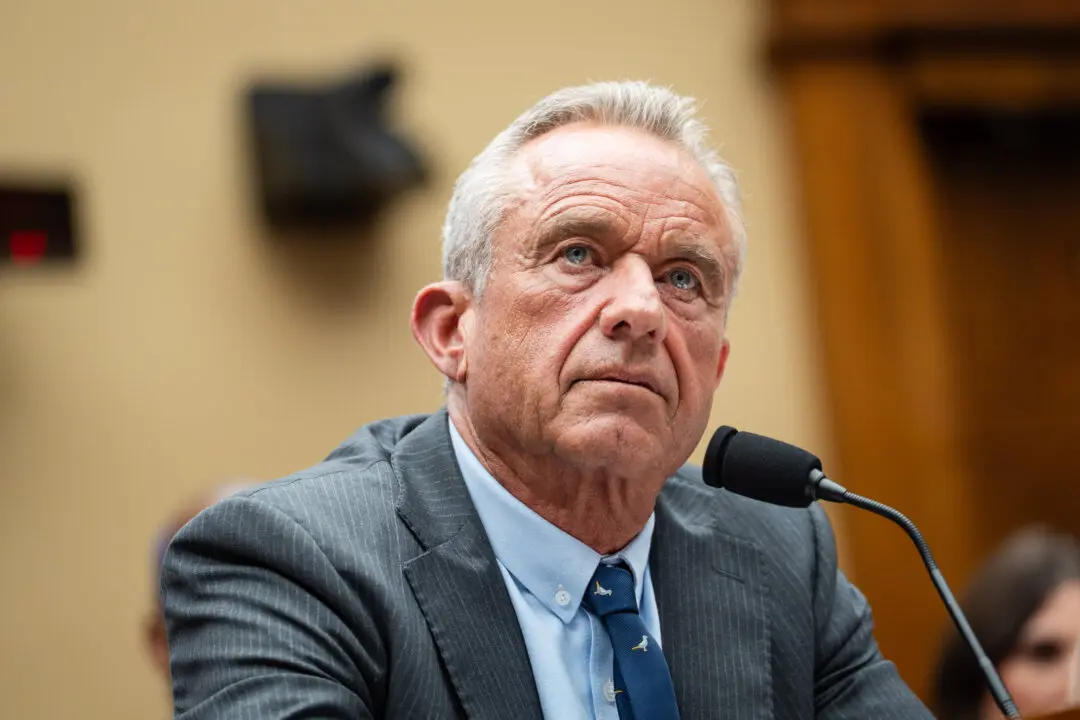Whole Foods, MAHA and the Battle Over Healthy Eating in America
30.10.2025
Whole Foods: From Counterculture to Corporate Symbol
The Whole Foods flagship store in Austin, Texas, remains a monument to the ideals that redefined American grocery culture.
With aisles of organic produce, artisanal cheeses, and sustainable wines, the brand became synonymous with luxury wellness and conscious consumption.
Founded in 1980 by John Mackey, Whole Foods transformed grocery shopping into what it called a “sensory experience.” Its influence turned organic food from a niche choice into a nationwide expectation.
But 44 years later — and eight years after its acquisition by Amazon — Whole Foods finds itself navigating a radically different market and a newly politicized conversation about food.
From Pioneer to Player: A Brand at a Crossroads
Today, Whole Foods operates 529 stores across 44 states, representing under 2% of U.S. grocery sales, yet its profit margins remain industry-leading.
Competitors like Kroger, Walmart, and Costco have adopted — and in some cases overtaken — the trends Whole Foods pioneered.
“We’re in a great position because of the standards we set,” said Jason Buechel, CEO since 2022. “We helped awaken consumer consciousness.”
Still, the company’s downward price adjustments and mass-market integration have diluted its once-exclusive aura. Its challenge now is to reconcile its elite heritage with mainstream accessibility — and to decide how loudly it wants to speak in a divided wellness culture.
Enter MAHA: The “Make America Healthy Again” Movement
At the same time, a new force has emerged — the “Make America Healthy Again” (MAHA) movement.
MAHA merges health and patriotism, drawing on libertarian and populist themes while rejecting “Big Food,” seed oils, and artificial additives.
This ideology might seem aligned with Whole Foods’ original ethos of independent, anti-corporate wellness — but the political undertones make it complicated.
MAHA is largely driven by conservative influencers, a demographic traditionally outside the Whole Foods core customer base.
“There’s always been a ‘don’t-tell-me-what-to-do’ streak in healthy eating,” said Corby Kummer, Executive Director of Food & Society at the Aspen Institute.
“Whole Foods was built for people rejecting the mainstream — whatever their politics.”

A Movement Divided: Supporters vs. Scientists
Among MAHA’s most vocal advocates is Alex Clark, host of Culture Apothecary on Turning Point USA’s media network.
After cutting ultraprocessed foods from her diet, she embraced Whole Foods — but now accuses the brand of silence.
“Whole Foods should be leading this,” Clark said. “They’re afraid to be seen as Trump supporters. It’s absurd.”
She claims the company’s reluctance to publicly oppose seed oils or promote clean-label activism amounts to “betraying its mission.”
On the other side, public health experts argue that MAHA’s anti-science claims — such as labeling seed oils “toxic” — are spreading misinformation.
“MAHA is clobbering public health,” said Jessica Steier, co-founder of The Unbiased Science Podcast.
“Whole Foods risks amplifying pseudoscience when it validates these narratives.”
Whole Foods’ Silent Middle Ground
Whole Foods’ official response avoids ideology:
“We welcome the growing recognition that health is tied to food. Whole Foods Market remains a haven for holistic wellness and plans to stay the course.”
The neutrality stands in stark contrast to founder John Mackey’s outspoken libertarianism. Under his leadership, the company’s ethos blended free-market ideals with self-reliance and wellness activism — a mixture that today’s culture wars have made harder to sustain.
“They’re a walking contradiction,” said Errol Schweizer, former global grocery coordinator.
“Whole Foods was always about freedom — but freedom means different things to different Americans now.”
The Bigger Picture: America’s New Food Politics
As debates over nutrition, freedom, and truth rage online, Whole Foods sits at the center of an identity crisis.
It must navigate between science and skepticism, capitalism and counterculture, elitism and populism — all while maintaining credibility as a purveyor of health.
The company that once symbolized organic authenticity now faces a choice:
Will it remain silent while the conversation about food becomes more partisan, or reclaim its voice in shaping America’s next era of wellness?






Leave a Comments